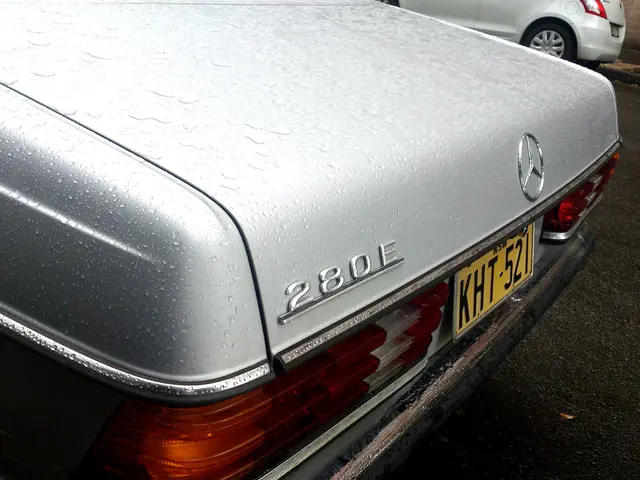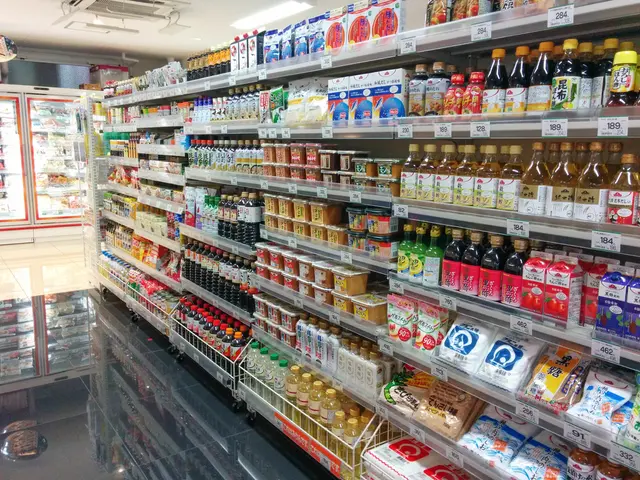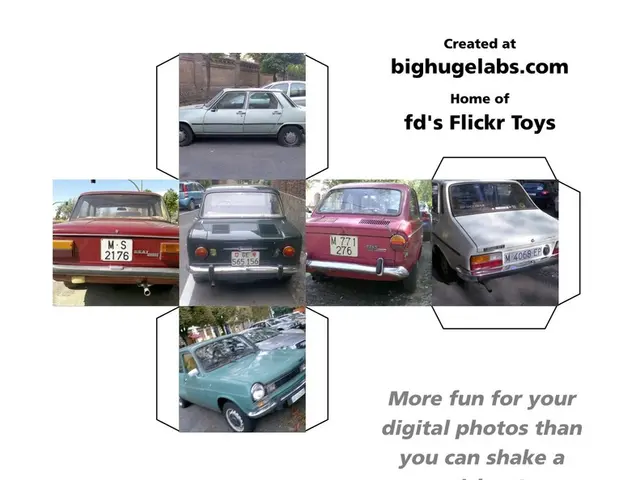DB's Fleet Transformation: ICE Rolls Younger - Pro Bahn Raises Alarm over Capacity Crunch
- Railways Restore Fleet - Passenger Group Warns of Blockages
Let's get rolling!
Goodbye antiquated, hello breakdown-prone, sayonara limited seating: Deutsche Bahn (DB) aims to make its long-distance ICE and IC trains younger, slashing the average age from the current 18 years to a sprightly 12 by 2030. A step towards a more reliable ride on the rails.
But Pro Bahn, the passenger association, sounds the alarm as they fear too many old trains might be phased out too slowly by their newer counterparts. Board member Lukas Ifflaender raises concerns about reduced train services on certain routes.
ICE 4: All In
Modernization at DB is picking up speed. The final of a total of 137 shiny new ICE 4 trains, produced by Siemens Mobility, joined the DB fleet last March. The first long-distance train with bike storage, it's the backbone of the fleet now, boasting at least 444 seats per train and can reach speeds of up to 265 km/h.
ICE 3 Neo's revamp has been underway for years. By 2028, 90 of these trains are expected to be steaming down the tracks. This year, 15 ICE 3 Neo will be added, followed by 16 next year, as announced by DB. These energy-efficient trains boast frequency-transparent windows for better mobile reception and more.
The Neo currently runs on high-speed routes between North Rhine-Westphalia and Munich via Frankfurt and Stuttgart, as well as on international connections from Frankfurt to Amsterdam and Brussels.
ICE L: Delays Galore
Delays strike again with another new order – the ICE L from Spanish manufacturer Talgo. DB has ordered 79 trains, with the first ones supposed to debut last fall. Alas, delivery is now expected in the second half of this year at earliest. Four of the trains may not arrive until 2025, DB announced. Optically, the vehicles resemble Intercity more than ICE trains.
"The fleet strategy of DB Fernverkehr has the clear goal of refreshing and modernizing the fleet to stabilize operations," the company stated. This mission is on track, with the availability of ICE-4 and ICE-3 Neo trains significantly higher than with older series. By improving maintenance concepts, the rate of driveline failures has dropped by 58 percent between 2019 and 2024.
But the new trains haven't yet resulted in increased punctuality. More than a third of all long-distance trains continue to run late.
Pro Bahn: Unimpressed by the Numbers
Ifflaender isn't swayed by DB's numbers. "Overall, we find the vehicle strategy highly chaotic," he said, singling out the retirement of older trains. "On many connections, we will get fewer seats, at least temporarily, until the new trains eventually arrive," he warned, foreshadowing "cramped and uncomfortable" conditions for passengers. "Sustainable mobility - no, thank you," he concluded.
KISS Trains: Kissed Goodbye
In April of this year, DB bid farewell to 14 older ICE 3 trains of the 406 series, with ten more trains of the 415 series (the ICE T) also being phased out by the year's end. Time's also running out for around three dozen ICE-2 trains that have been around since 1996 and are set to be gradually retired by the end of 2027. Recently, DB sold 17 double-decker trains of the "Intercity 2 KISS" type to the Austrian Federal Railways. DB had purchased these used trains in 2019 to handle delivery issues with other vehicles, which have since been resolved.
Will the departing trains find replacements fast enough, asked Ifflaender? The consequences are already showing. "The early train from Leipzig will be suspended at the timetable change because it has been operated so far with a five-part ICE T, which is to be taken out of service at the timetable change," he shared.
DB admits the number of ICE trains in the fleet will vary in the coming years, due to the phase-outs and arrivals of new trains. However, in the long term, the number will stabilize at a level comparable to its present form with increased seating.
Pro Bahn is skeptical about this. "Although seat capacity may increase theoretically on paper until 2029, it actually decreases due to poor fleet availability, as even new vehicles are often defective in front of the workshops," they said.
While DB's fleet may be getting younger, Flixtrain's taking a different route: Announcing a significant train offensive, the company has ordered around 30 new high-speed trains, with an option for 35 more. The package, including maintenance, is estimated to cost up to 2.4 billion euros. Flixtrain's also ordered these trains from the Spanish manufacturer Talgo, but it's uncertain when they'll be delivered.
- The community policy may need to address the concerns raised by Pro Bahn regarding the potential capacity crunch in some routes due to the phasing out of older trains and the slow introduction of newer ones, as part of Deutsche Bahn's fleet transformation.
- In order to ensure a steady flow of financial resources for the procurement and maintenance of the updated fleet, the industry, including transportation and finance sectors, might need to collaborate and devise strategies to support DB's ambitious vocational training programs for the skilled workforce required to operate and maintain the new trains.








